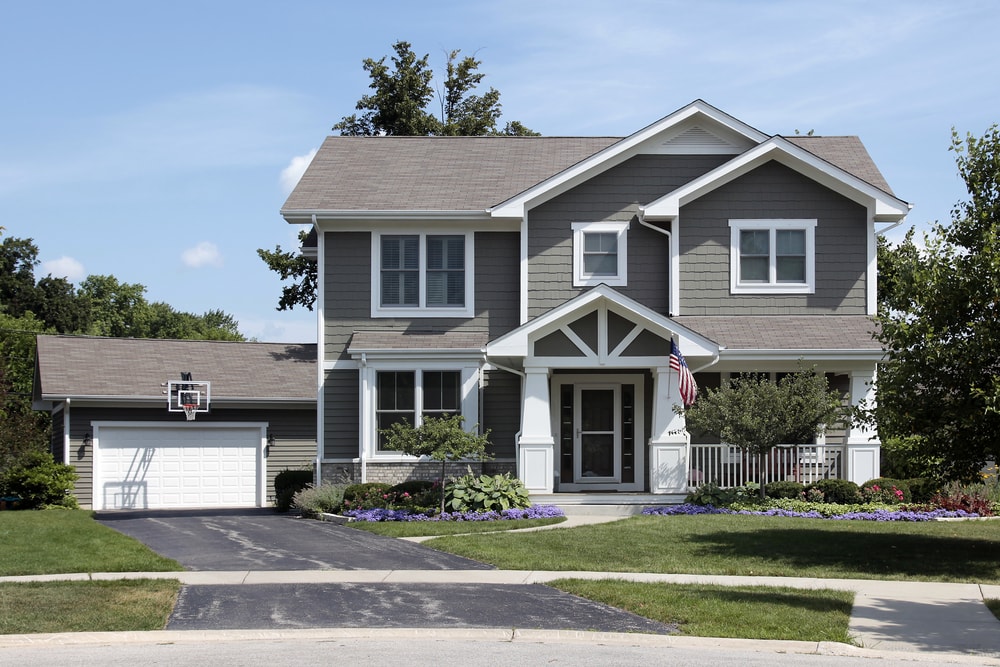Whether you’re applying a fresh coat to a bare surface or attempting to touch up an aging paint job, there are a few pitfalls that could present themselves. For that reason, it’s important to be able to identify common problems as well as understand the best way to address them. We’ve included four such issues below as well as effective remedies for each one.
- Bubbling
This problem, which is commonly referred to as blistering paint, is a frequent problem on both indoor and outdoor painted surfaces. Furthermore, it can present itself on a range of surfaces, from wood to metal to drywall and beyond. Regardless of where the bubbling occurs, the root cause can likely be traced to either excess moisture or heat. If the paint was originally applied to a soiled surface or subsequently exposed to humid conditions, evidence of blistering might eventually arise. Furthermore, oil-based paints are more likely to experience bubbling, particularly when the surface was not completely dry or already had a layer of water-based paint.
Fortunately, it’s possible to reverse this process and restore the painted area to its former glory. First, remove some of the bubbles to see if the underlying surface is devoid of paint. In this case, the issue might be a leak in the plumbing. If the blisters are confined to one layer of paint, however, the culprit is probably heat. After addressing any root issues, be sure to sand down the surface, properly clean the area, and add a fresh coat of paint.
Ensuring that the paint has been properly stirred will reduce the chance of bubbles forming within it and transferring to the surface. Another helpful tip involves painting in a slow and deliberate manner to avoid the possibility of forming blisters during the final step.
- Peeling
Most people have seen old paint that has begun to peel off of a surface, but you might not know what to do to remedy the situation. As with bubbling, the issue can be the result of moisture. If you notice peeling in an interior area, check for possible sources of moisture or humidity such as a shower or humidifier.
Whether it occurs inside or outside, the most effective way to address the situation is by adding a fan or some other ventilation system to remove excess moisture before sanding down the surface and applying fresh paint.
- Cracking
When paint cracks, it can be a surefire sign that the surface was not properly prepared for the process. This problem can also arise if you use paint that is too thin. An especially thick coat of paint that doesn’t have enough time to dry thoroughly could also be to blame.
While this issue might require sanding the paint down to the surface and getting it ready for a completely new application, some less severe examples of cracking can simply be touched up for a fresh, smooth appearance. In the latter case, simply get rid of the flaking paint chips and properly smooth those areas. After cleaning and priming the affected portion of the surface, apply a coat of paint that is neither too thin nor too thick and be sure that it has completely dried before attempting any subsequent layers.
- Efflorescence
Although it’s not as common as some of the other issues on this list, efflorescence can occur in paint applied to surfaces such as concrete, mortar, and brick. The presence of salt in such materials can cause a white crusty layer to show up on the exterior of the paint.
This is usually a sign that the surface was not properly cured prior to applying the paint, but the issue can usually be addressed effectively if all moisture is removed from the impacted area and every possible crack underneath is properly sealed. Using white vinegar can help get rid of some of the sodium deposits, thus reducing the likelihood that the problem will show up again in the future.

